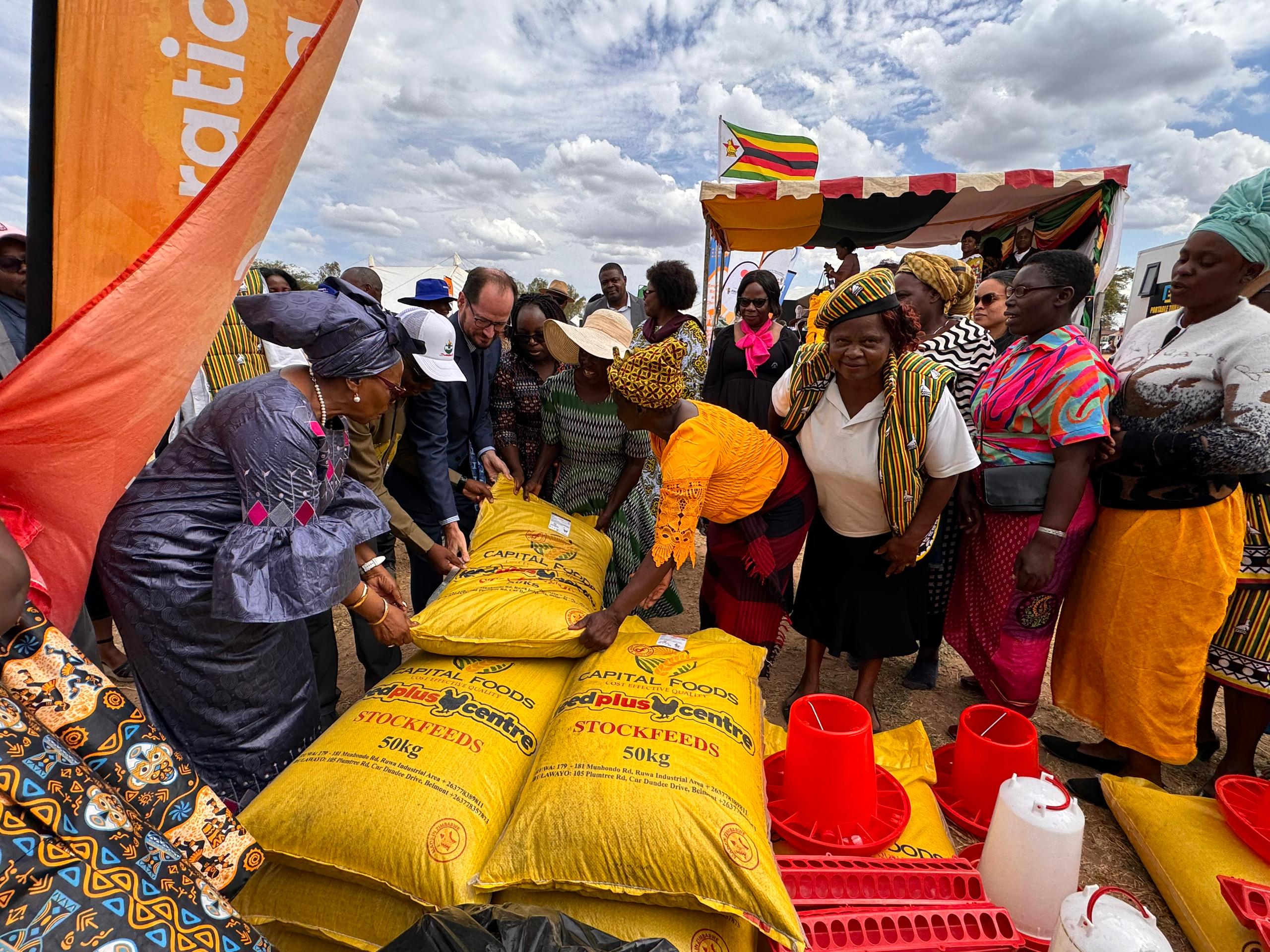
Minister of Lands, Agriculture, Fisheries, Water and Rural Development, Dr. Anxious Masuka
By George Swarei
In response to the devastating El Nino-induced drought of the 2023/2024 summer season, Zimbabwe’s Cabinet has unveiled a comprehensive plan aimed at mitigating the immediate impacts and building long-term resilience against future climate-induced shocks.
According to, Minister of Lands, Agriculture, Fisheries, Water and Rural Development, Dr. Anxious Masuka the government’s strategy encompasses various sectors crucial for food security and agricultural sustainability.
The nation’s agricultural landscape has witnessed significant strides since 2020, with the implementation of a double-pronged approach. The sustainable intensive conservation model, Pfumvudza/Intwasa, has played a pivotal role at the small-holder level, promoting agro-ecological matching of crops. However, the reliance on rainfall necessitated the approval of the Accelerated Irrigation Rehabilitation and Development Plan in 2021. This initiative aims to develop 350,000 hectares for summer irrigation by 2025, bolstering national cereal sufficiency.
Following the declaration of a National State of Disaster in April 2024, with indicative resource requirements totaling USD2 billion for mitigation and USD717 million for resilience building, Zimbabwe has embarked on a multifaceted approach categorized into five pillars: Cereals, Horticulture, Livestock, Fisheries, and Water and Irrigation.
Mitigation efforts include importing 300,000 metric tonnes of maize and facilitating grain movement to areas with deficits. Furthermore, the government plans to enhance wheat-based food security strategies, contributing to the strategic grain reserve.
In horticulture, the focus is on developing Village Business Units and distributing vegetable packs and sweet potato vines to farmers. Livestock strategies entail importing maize for stock feed, constructing water troughs, and accelerating the distribution of indigenous chickens and goats.
The fisheries sector aims to promote commercial cage fishing and establish fish ponds, while water resources and irrigation development focus on maximizing the country’s water potential through dam utilization and transboundary water tapping.
Mechanization efforts have seen a significant increase in the number of tractors and combine harvesters, with partnerships forged with international suppliers to bolster agricultural machinery availability.
With solid strategies and measures in place, Zimbabwe aims to navigate through the current drought crisis while fortifying itself against future climate-induced challenges. The nation reassures its citizens of adequate grain stocks in the Strategic Grain Reserve to sustain food security until year-end.

